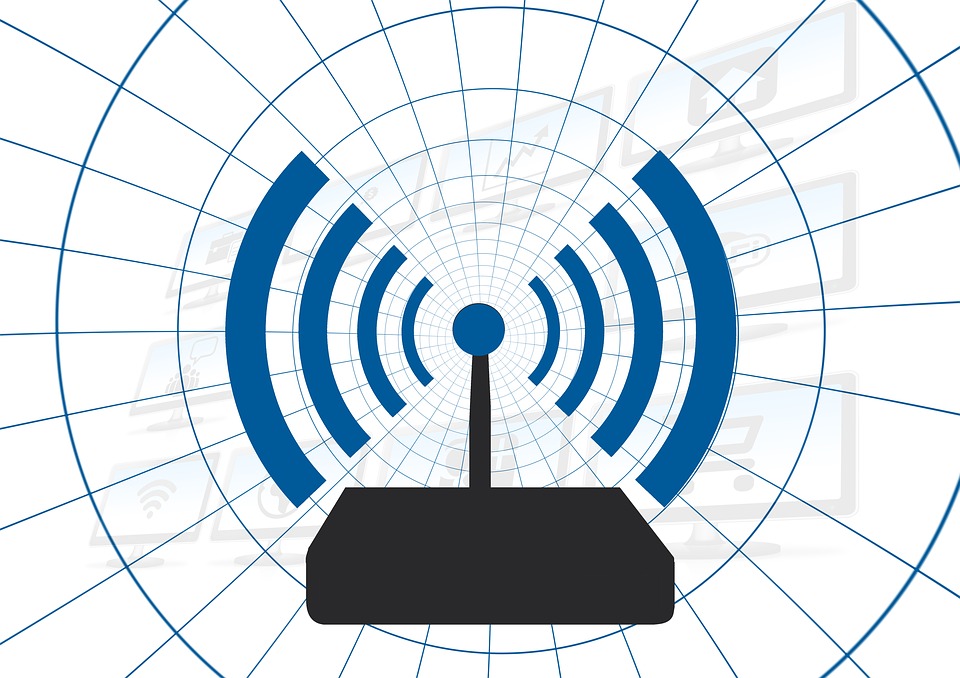How to optimize Network Infrastructure for High Quality VOIP?
How to prepare your network for high-quality VoIP?VoIP is a fast-growing area for SMBs. If you’re switching to VoIP, then it’s critical to ensure that your network infrastructure is fully optimized for it. Almost 40 percent of small businesses have said goodbye to their traditional, telephone services and hello to Voice over Internet Protocol (VoIP) because of the significant cost and productivity benefits that VoIP delivers. VoIP uses data packets to digitally transmit voice over the internet and performs extremely well as long as the network is properly provisioned.
Given that voice travels over the same lines as data and is sensitive to the fluctuations within data transmissions, call quality can be degraded by internet slowdowns and low bandwidth. This is often related to under performing or overly constrained networking gear. Having the right connection and network infrastructure in place is critical to high-quality VoIP calls. Let’s look at ways to prepare your network.
- Evaluate the WAN connection.
It’s important to allocate the right amount of bandwidth to ensure optimal results for VoIP, which means knowing what you need. Bandwidth requirements depend on the number of VoIP clients (phones) and the number of concurrent calls you want to make. Beyond your maximum call volume, it’s good to identify which other network applications consume a portion of your available bandwidth. Now, let’s talk connection. Forget DSL. A fiber T1 line or coax cable connection is much faster. SMBs deploying VoIP should look at a business-level internet provider with a decent throughput. Check requirements of your VoIP service to determine minimum download and upload speeds based on VoIP lines. The quality and number of lines on a VoIP system will be higher with a faster internet connection.
- Assess your network infrastructure and replace outdated equipment.
Speed alone doesn’t guarantee optimal results for VoIP. The backbone of the network is important, and old network infrastructure is one of the biggest barriers to VoIP success. Know your network and make sure it’s properly prepared before cutover. For example, the speed of the switch is not the only problem – it’s about reliability. Old, outdated networking gear can have undetected problems that surface with latency-dependent applications like VoIP.
Consider upgrading specific equipment that’s key to network performance, like the routing and switching gear. If you decide to replace, don’t skimp. Low-quality, under performing equipment will cost you in the long run (remember those headaches?) and degrade your call quality. Equipment plays a major role in the success or failure of your VoIP deployment.
- Prioritize, segregate and segment VoIP traffic with a VLAN.
When there are different services running on a network, it can impact the performance of an application that needs more bandwidth, like video conferencing, or more priority, like VoIP. For the best quality of service (QoS), dedicate bandwidth for voice by segmenting the network with a virtual local area network. VLANs enable you to prioritize data traffic for applications that are sensitive to network delays, improving performance and maintaining QoS so you don’t have to worry about dropped calls, latency or jitter.
Network segmentation typically starts at the router, so invest in a business-class router with QoS features, and pair it with a managed or smart switch that offers other key features we will address later. Create a VLAN with a separate Dynamic Host Configuration Protocol (DHCP) range and apply it to the switch to specific ports, giving high priority to ports used for VoIP lines. For switches, look for hardware with gigabit ports that have high throughput and auto-configurations that adjust to QoS for each phone.
- Go big with PoE+.
Power over Ethernet was a technology initially built for VoIP devices. Simply put, PoE allows you to provide power to a device over the same wire that supplies the data or voice. This allows for simple, safe and efficient power provision to all PoE-enabled devices, like VoIP phone systems.
Unlike a traditional phone system, which continues to work during a power or internet outage, a PoE VoIP system relies on the electrical power from a network switch. If power to the switch goes out, VoIP will not work. This is easily fixed with UPS backup power.
In addition, by deploying PoE-enabled switches on the back end, you simplify installation for wireless access points, IP cameras, phones, and other equipment that needs data and power simultaneously. PoE allows you to control the power in the network via the switch. When you centralize power on the switch side, you streamline VoIP phone rollout and simplify connections for users – and minimize possible future problems.
How much power do you need? Check the maximum power wattage your phones need and the minimum power budget of the switch; the consumption by phones or other powered devices in the office has to be less than the switch budget. And plan for the future: Buying a bigger switch (i.e., more ports) and one with a bigger PoE budget will allow you to easily add devices in the future as you need them.
Achieving high-quality VoIP
A VoIP rollout requires a proper connection and adequate bandwidth, plus the right networking gear with a battery backup to protect the office in case of power failure. If you’re switching to VoIP and your business relies on communication, then it’s critical to ensure that your network infrastructure is fully optimized for VoIP.
source:https://www.business.com/articles/how-to-optimize-network-for-voip/




